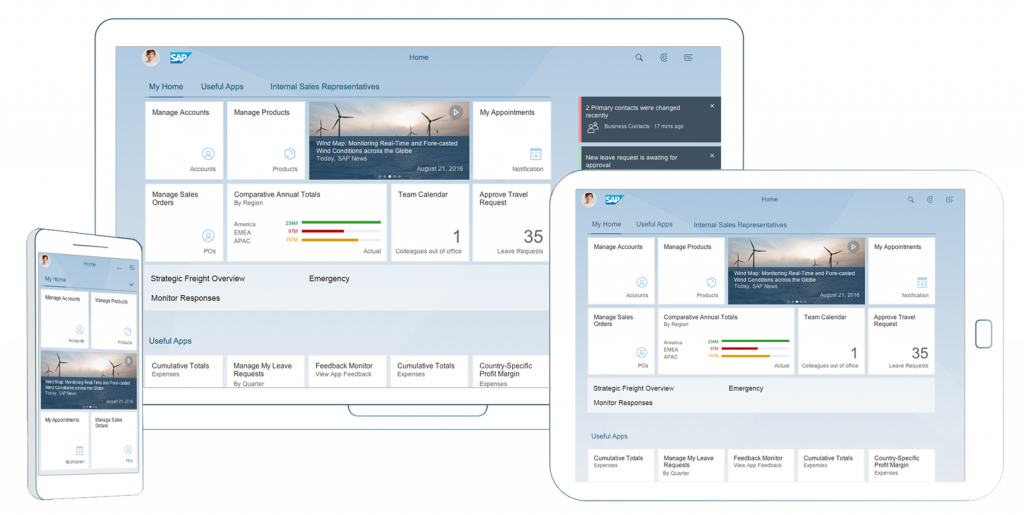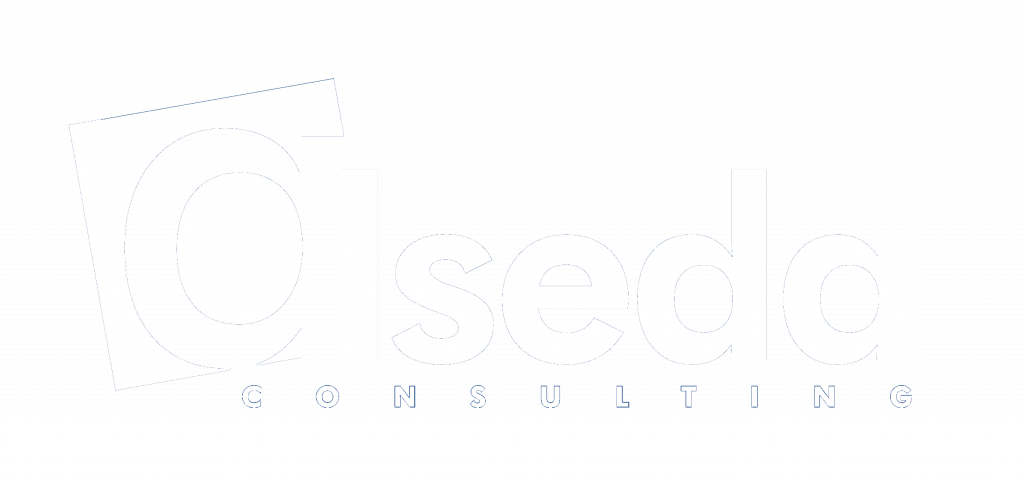News - TARGET2: into the future with ISO20022
TARGET2 consolidation
The Eurosystem has decided to replace the SWIFT (MT) messages used in TARGET2 payments with XML-based MX messages.
As part of this TARGET2 consolidation through ISO 20022-compliant MX messages, the final migration to 20th November 2022 is planned.
For a long time, payment transactions were characterized by proprietary or locally compatible data formats, as in Germany the DTAUS format. An interoperability of the systems was not guaranteed, so that conversions had to be made for the cross-border payment exchange. This was often associated with a loss of data.

With the creation of the Single Euro Payments Area (SEPA), a cross-border standardization of the data became necessary. For this the ISO 20022 was created. ISO 20022 is based on XML syntax and is also known as UNIFI (UNIversal Financial Industry message scheme). For the first time, both the interbank and the customer-bank interface were specified. A big step in the standardization of payment transactions was thus created.
Gradually, the European bulk payment traffic was changed. This also included national systems such as the German check settlement procedure. Individual payment systems were initially excluded from SEPA.
With T2S (TARGET2-Securities), the ECB introduced a Europe-wide securities settlement system in 2015, which was based on the ISO 20022 standard from the outset.
As part of the further development, the consolidation of TARGET2 and TARGET2-Securities is pending in November 2022 (see ECB publication of 31.07.2019). The commissioning should take place as a “big bang”, i.e. without a transitional period.
Impact on participants:
According to the relevant opinion, the planned consolidation has the same scope as the EURO or SEPA introduction at that time. Thus, a stringent and comprehensive configuration is required.
There are two strategies that may be considered for implementation:
Conversion
The previous system landscape persists and the relevant data is converted on the way between the systems in one and / or several places.
Here, the current systems can remain largely unchanged. Only at the converters adjustments must be made.
At first glance, this approach is very attractive. On closer examination, however, there are considerable disadvantages in the long run, especially in the case of further development of the interfaces and process integration:
– lack of standardization
– no STP (straight through processing) processing possible
– Individual adaptation of all interfaces for procedural, legal and regulatory changes
– retention of human resources with specific knowledge of systems and system landscape
Migration
The existing systems will be adapted to the current standard. The processing of the data is thus possible as a true STP process.
If this step has not been taken, the first effort will be greater than with the conversion solution. For this purpose, a modern and adaptable landscape is created here for the future:
– Standardized interfaces
– STP capability across all process levels
– Optimized use of existing resources
– Support by external specialists in standard processes
Alseda services:
Alseda Consulting actively supports and accompanies you through all phases of ISO-20022 migration and consolidation. Contact us.
We offer the following services:
– Workshops on Target2 consolidation
– Preliminary studies with MT / MX mapping and the alseda conversion checklist
– Feasibility studies
– Project Coordination
– Implementation of the migration
– Test case creation and test execution
Products:
Conversion service alseda MT2MX
This product is offered as Software-as-a-Service (SaaS) in the SAP Cloud. To do this, MT formats delivered via an API are converted into MX formats, and incoming MX formats are converted back to MT formats. A change in the existing systems is not required.

